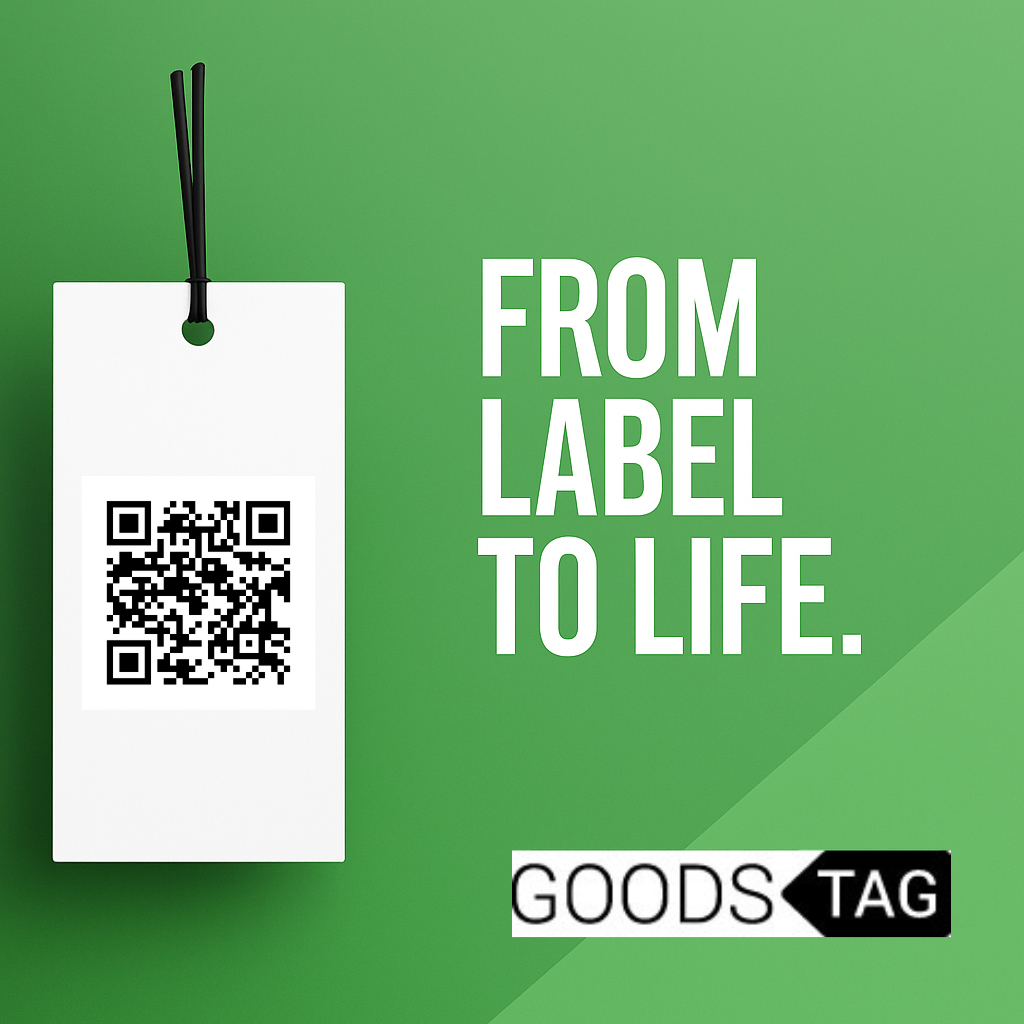Imagine you are a product manager at a global apparel brand.
The EU’s new regulations are just around the corner, and your team is under pressure to ensure every product tells its own story from factory floor to customer hands. That’s where the Digital Product Passport (DPP) comes in.
Let’s walk through the experience, step by step.
The Jacket That Talks Back
Picture a customer browsing for a winter jacket. On the label, they spot a QR code. A quick scan with their phone reveals:
- Where it was made: Not just the country, but the specific factory and production date.
- What’s inside: Materials like organic cotton, recycled polyester, and insulation details.
- How to care for it: Eco-friendly washing tips and repair advice.
- Its environmental footprint: Water usage, CO₂ emissions, and sustainability credentials.
- What’s next: Options for resale, recycling, or responsible end-of-life management.
This is the Digital Product Passport in action—providing transparency and actionable insights right at the point of decision-making.
Behind the Scenes: Facing the Challenges
As you consider rolling out DPPs across your product lines, you realize there’s more to it than just adding a QR code. Here’s what you and your team need to think about:
Data Privacy and Security
Sensitive product and supply chain data must be protected. GoodsTag’s DPP solution uses advanced encryption and access controls, ensuring only authorized users like your team, retailers, or regulators can view the right information.
This isn’t just about compliance; it’s about safeguarding your brand’s reputation and customer trust.
Integration with Existing Systems
You have invested in ERP, PIM, and CRM platforms. The last thing you want is a costly or disruptive overhaul. GoodsTag’s modular approach integrates seamlessly with your current tech stack via API, pulling in product data without the headache of a full system replacement.
It can even manage existing product IDs and printed QR codes without restarting from scratch.
Offline Access and Infrastructure
What if a customer doesn’t have internet access, or your digital systems go down?
Currently, GoodsTag’s DPP solutions require an internet connection to access product information. While the industry is exploring technologies such as QR codes and NFC to enable offline access in the future, GoodsTag’s platform currently provides product data only when online connectivity is available.
Business Realities: Costs, Scale, and Adoption
Costs and ROI
Implementing DPPs involves upfront costs: digitizing legacy data, training staff, and integrating systems. But the long-term benefits are clear—reduced risk of non-compliance, fewer counterfeit products, and new opportunities for customer engagement and loyalty.
Scalability
Whether you are managing thousands or millions of products, the system must scale effortlessly. GoodsTag’s cloud-based platform is designed to grow with your business, supporting everything from small batches to global supply chains.
It’s easy to start, ready to scale.
Supply Chain Complexity
Multiple suppliers mean multiple sources of data. Regular audits and automated validation tools help maintain accuracy, so you can trust the information your customers see.
Consumer Adoption
Not every customer will scan a QR code, and not everyone has a smartphone. GoodsTag helps you reach all customers with clear instructions and alternative access options, ensuring no one is left out.
Regulatory Landscape: Staying Ahead of the Curve
The EU’s Ecodesign for Sustainable Products Regulation (ESPR) will require DPPs for certain categories by 2026. Non-compliance can mean fines and restricted market access.
But requirements vary by industry, so staying flexible and up to date is key.
Standing Out in a Crowded Market
DPPs are more than just a compliance checkbox. They offer a unified, digital record of a product’s lifecycle, setting your brand apart from traditional traceability tools.
By adopting industry standards like GS1 Digital Link, you ensure interoperability and global acceptance.
Making It Happen: Change Management and Training
Rolling out DPPs is a team effort. Cross-functional collaboration and clear communication are essential. GoodsTag is committed to supporting organizations throughout the Digital Product Passport implementation journey, offering expert guidance on best practices for training and change management.
While GoodsTag does not currently advertise a standardized training program, their team provides tailored support to help clients and partners prepare for successful adoption and integration. For organizations seeking specific training solutions, GoodsTag is available to discuss customized options to meet unique needs.
And when products are recalled, returned, or updated, your DPP stays accurate, keeping your customers informed every step of the way.
Why Act Now?
The 2026 deadline is closer than you think. Brands that lead on transparency and compliance will shape the future of their industries. Consumers increasingly demand authenticity and sustainability, and DPPs are the tool to deliver both.
Experience the Future of Product Transparency
Ready to experience how a Digital Product Passport works in real life?
Explore our interactive demo and create your own DPP:
👉 https://www.goodstag.com/digital-product-passport-experience/
No forms, no friction—just a real product story, from label to life.
Interested in exploring how GoodsTag can support your product digitization journey?
Contact us to discuss your needs or request a personalized demo.




